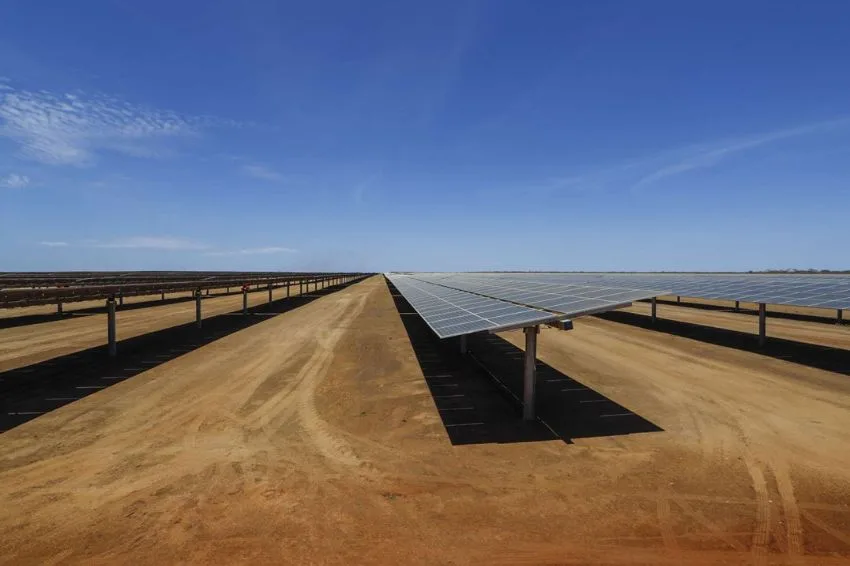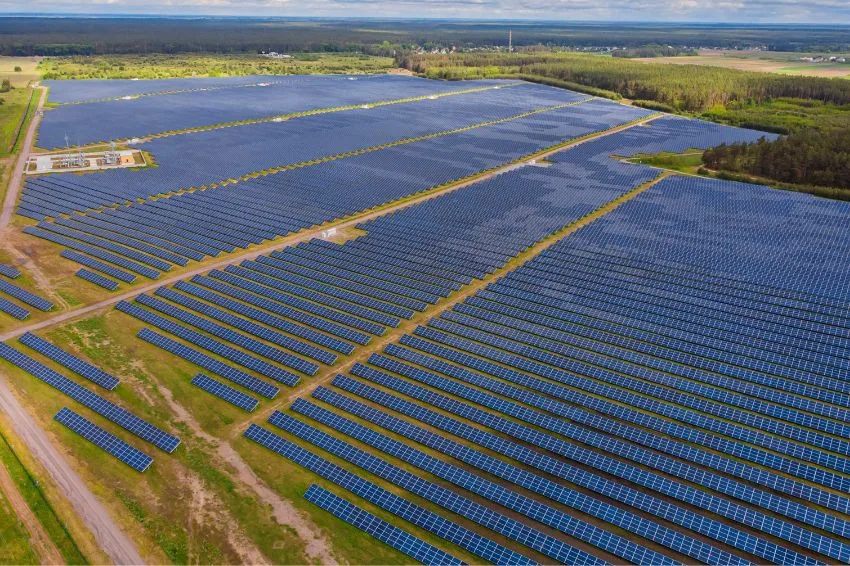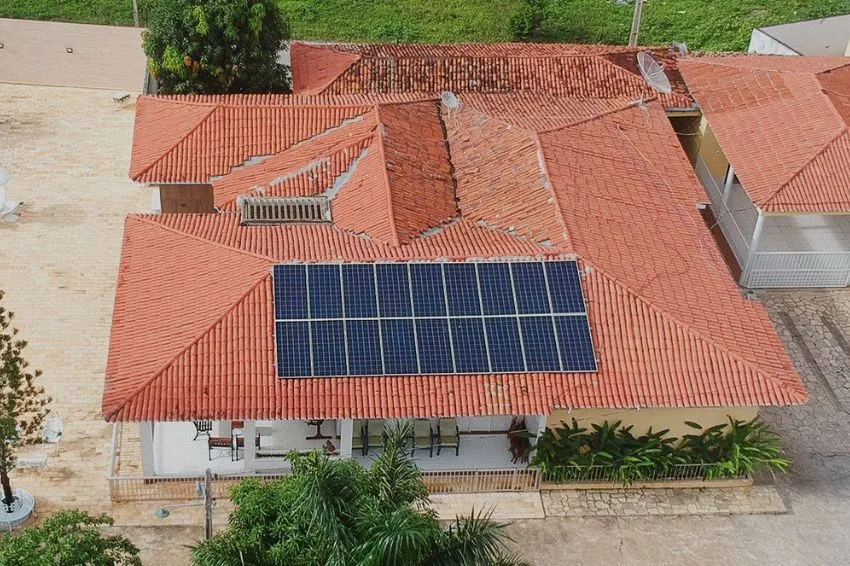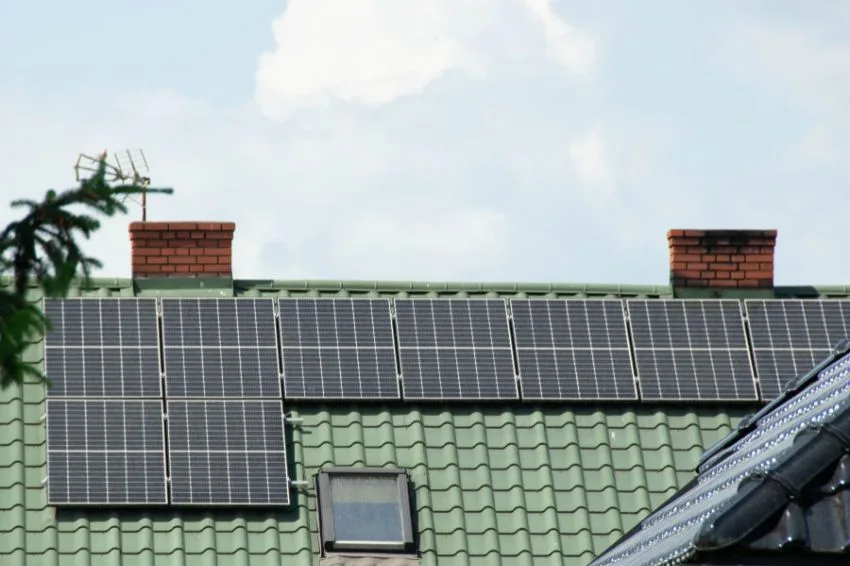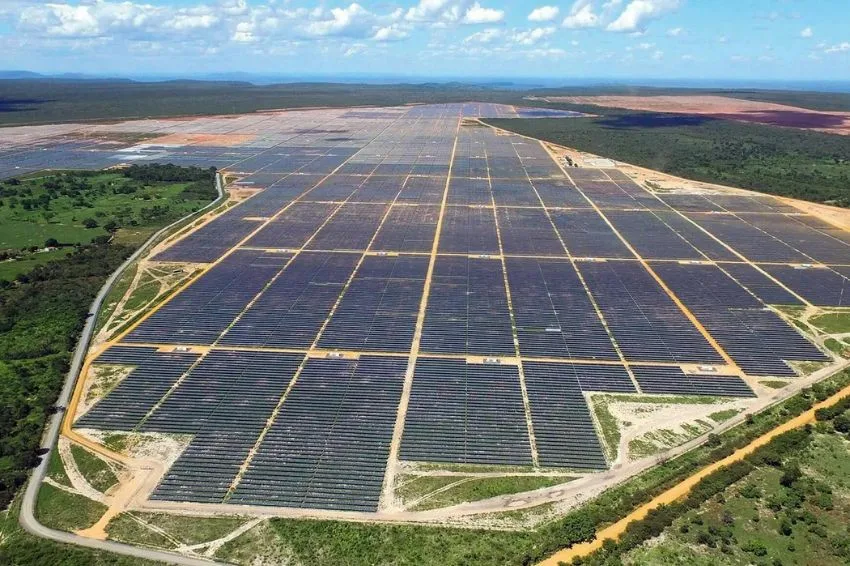To the hydro plants, which two years ago represented more than 60% of the Brazilian electrical matrix, are increasingly sharing the spotlight national with other clean energy sources.
Second published data through the new monthly newsletter of ABSOLATE (Brazilian Photovoltaic Solar Energy Association), the The share of hydroelectric plants now represents less than half (49,9%) of installed capacity in the country.
A reduction of more than 10% in such a short time direct relationship with the expansion of photovoltaic plants, both in the distributed and centralized generation segments, and also of wind generation projects.
In the last twelve months, the participation of solar energy in the electrical matrix rose from 10.2% in November 2021 to current 15,8%.
In total, around 13.5 GW were added by the solar source in this comparison: in November last year there were 21.3 GW and today this volume is already 34.8 GW.
A wind, in turn, had a less impressive growth in the period: 1.2%, jumping from 11% share to 12,2%, with almost 27 GW of installed capacity in Brazil.

José Wanderley Marangon, CEO of MC&E and advisor to INEL (National Institute of Clean Energy), explains that all this process checked was already being designed, once Brazil is no longer concerned about building large hydroelectric plants, as increment each time greater capacity of solar and wind sources.
“As a result, the share of hydroelectric plants in the matrix decreases. What does this entail? Well, we continue with a renewable matrix, just a different type. Now, we have lost some controllability of the system, because with this very strong insertion of plants, which are basically not dispatchable, this causes problems for the operation of the network”, he commented.
“Problems that we are verifying, we will overcome, there is no way. But we are exploring the strong potential, especially in the Northeast region in terms of sun and wind. So, I don't see a problem in principle, but a warning sign is in relation to the operation of the network with these renewable, non-dispatchable plants”, highlighted Marangon.
Carlos Dornellas, technical and regulatory director at ABSOLAR, points out that there is already an expectation within the entity that by 2040 solar energy will surpass hydroelectric plants and take the lead in the Brazilian electrical matrix.
“We have noticed, in recent years, a strong increase in solar sources and this is undoubtedly due to the importance of this source for our country, because they are easier to implement. They can be implemented throughout the country, of all sizes, from small to large, through medium-sized, in addition to bringing green jobs to the population and allowing the collection of taxes”, he said.




